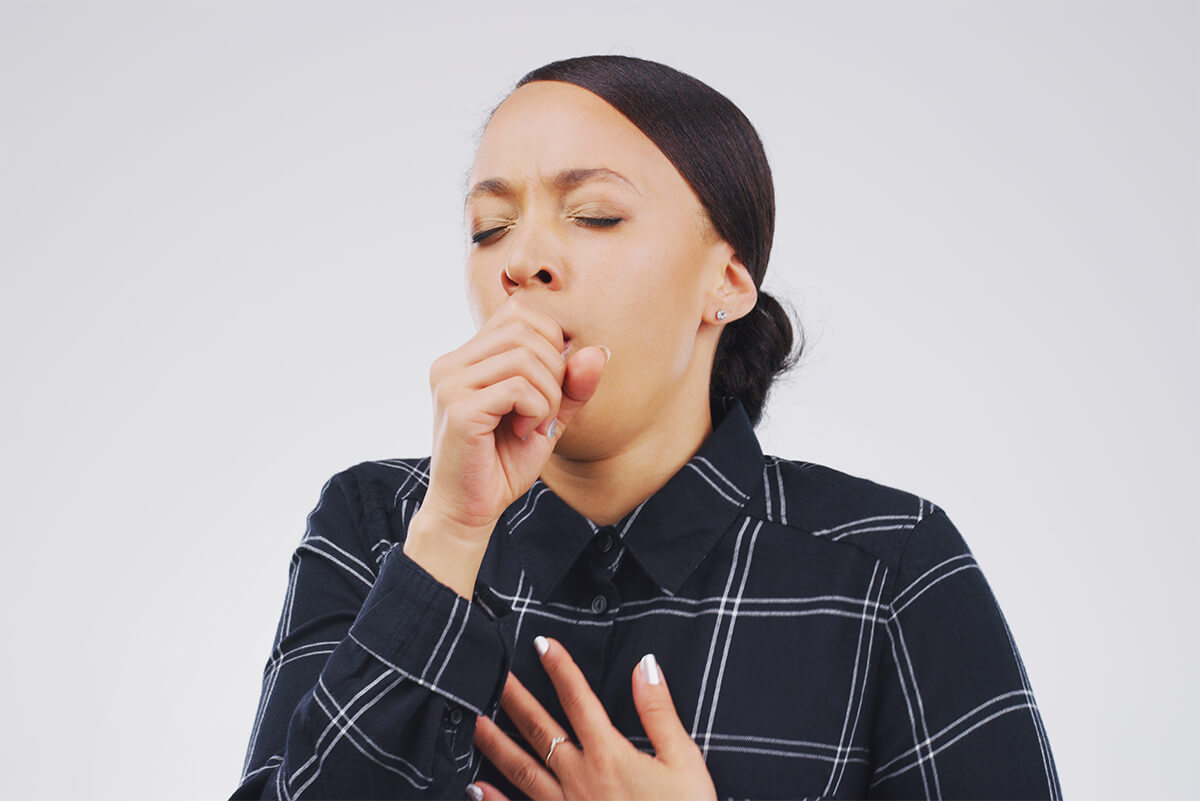
Alcohol poisoning happens to teens who drink and it is dangerous behavior. In the United States, underage drinking is a significant public health concern. Alcohol is the most commonly abused substance among adolescents, and underage drinking poses significant health and safety problems.
Regardless of age or drinking status, the effects of underage drinking can harm everyone. We all feel the repercussions of self-harm, damage and injuries caused by underage drinking. Underage drinking can have so many unwanted results and alcohol poisoning in teens is a big concern for parents, especially when children head off to college. Hazing has been in the news as drinking games for sorority and fraternity initiation has ended in a child’s death from alcohol poisoning.
What Are The Dangers Of Underage Drinking?
Underage drinking can have catastrophic consequences. More than 3,500 people under 21 die yearly in the United States due to alcohol-related causes. Young drivers may be more likely to drink alcohol. Furthermore, they are more likely to encounter the following:
- Toxicity from alcohol
- Alcohol and other substance abuse, including illegal narcotics
- Problems with the law, such as being arrested for drunk driving or fighting while intoxicated
- Sexual and physical abuse
- Low grades and frequent absences are examples of academic challenges
- Social issues such as social withdrawal and conflict
(NIAAA)
Underage Drinking And Alcohol Poisoning
Despite their attempts to appear mature, teenagers’ bodies process alcohol differently than adults, which can quickly lead to alcohol poisoning. The way teenagers absorb alcohol makes them more likely than adults to participate in binge drinking.
The unfortunate reality is that every time a teen consumes alcohol, they endanger themselves.Underage drinking can also have long-term health consequences. Young alcoholics are more prone to have the following symptoms:
- Changes in their cognitive development
- Disrupted sexual maturation
- Adult alcoholism
(NC)
Signs of Alcohol Poisoning
Alcohol’s effects vary depending on a person’s age, gender, alcohol tolerance, amount of food ingested, and other medications they may be on. Vomiting, convulsions, and cold or clammy skin are the most common signs of alcohol poisoning. If a person has consumed a significant amount of alcohol and exhibits the symptoms listed below, call 911 immediately and do not leave them alone.
- Nausea and vomiting
- Difficulties with severe mental confusion skin exhaling a bluish tone
- Internal body temperature is low
- Loss of consciousness
- Inability to wake up
Don’t assume that sleeping it off will help the individual recover.
Managing Underage Drinking Issues
Screening young people for alcohol consumption and alcohol use disorder is critical and can help to avoid future problems. The American Academy of Pediatrics and the National Institute on Alcohol Abuse and Alcoholism recommend routine alcohol screening for all adolescents. Screening by a health care expert (for example, a pediatrician) allows problems to be identified early and managed before they worsen. Young people also get an opportunity to ask knowledgeable adults questions. (NIAAA)
Some young people can acquire severe problems due to alcohol drinking, such as alcohol use disorder, which requires professional help.
Individualized Therapies
This technique tries to change young people’s attitudes toward alcohol so that they are better able to withstand drinking pressures.
Educational Interventions
These programs provide students with the knowledge, skills, motivation, and opportunities they need to refrain from drinking alcohol.
Interventions Centered On The Family
Efforts are being made to empower parents to develop and enforce explicit drinking restrictions and improve alcohol communication between children and their parents.
Initiatives in the Community
Local coalitions working to eliminate the risk factors for alcohol misuse usually organize community-based projects.
Strategic Interventions
This strategy makes alcohol more difficult to obtain, for example, by raising the price of alcohol and keeping the legal drinking age at 21. Implementing zero-tolerance laws that prohibit driving after any amount of alcohol use for drivers under the age of 21 can also help to avoid problems. (Cleveland Clinic)
Children who report close relationships with their parents and emphasize the risks of underage drinking are less likely to start drinking. A meaningful conversation with adolescents about the dangers of alcohol consumption, binge drinking, and alcohol poisoning can help.
Children and teenagers begin drinking for various reasons, including stress or significant life upheavals. A child’s drinking habits are also influenced by his or her parents’ drinking habits. Parents and caregivers should discuss the dangers of drinking alcohol with children before an emergency room visit – or worse – happens.
Works Cited
NC, Talk It Out. “Teenage Alcohol Poisoning: Teens Far More Susceptible.” Talk It Out, 16 Aug. 2021, www.talkitoutnc.org/blogs/teenage-alcohol-poisoning/.
National Institute on Alcohol Abuse and Alcoholism. “Underage Drinking.” National Institute on Alcohol Abuse and Alcoholism, U.S. Department of Health and Human Services, www.niaaa.nih.gov/publications/brochures-and-fact-sheets/underage-drinking.
Cleveland Clinic. “Underage Drinking: Alcohol Poisoning, Binge Drinking, Drinking Age.” Cleveland Clinic, my.clevelandclinic.org/health/articles/17541-alcohol-underage-drinking.
















